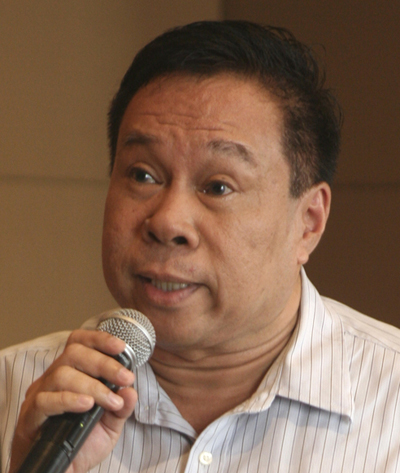Status of NAIA ACOS System
The Bureau of Customs gateway server to NAIA ACOS system experienced a technical problem on the afternoon of December 4, 2013. As a result, all ACOS import entry lodgments did not receive electronic responses. ACOS import declarations are used to clear importations of PEZA and freeport locators.
The next question now is – when will BOC push to have ACOS lodgments migrated to e2m Transshipment System.
Air Express Operators Concerns On Mandatory Advance Airfreight e-Manifest Submission
In preparation for the BOC intention to strictly implement mandatory advance submission of airline and forwarder electronic manifest, the air express operators are seeking clarification on implementation procedures specifically relating to import cargo pre-clearance. Their concerns are essentially similar to what were already articulated way back in 2012 during the initial effort to strictly implement advance air manifest submission.
We will keep our readers posted on subsequent developments on this.
2013 Transaction Volume Profile (e2m AEDS)
The total number of AEDS electronic export declarations processed by the BOC e2m system reached 145,000 during the year 2013. Breakdown of electronic ED submissions per port of loading are shown below:
MICP – 61%
Mindanao ports
(Davao/Tagoloan/CDO/Gensan) – 18%
NAIA – 9%
Cebu – 7%
Port of Manila – 5%
Considering that e2m AEDS is not yet strictly mandatory for airfreight export shipments (NAIA and Mactan), there would have been a huge number of electronic EDs.
IT Spending in the Philippines Set to Grow by 11% in 2014
Riding on the growth momentum from 2013, the Philippines is set to record 11% growth in total IT spending by end of 2014, according to the International Data Corporation (IDC) Philippines.
The total IT market will reach U$6.76 billion, on the back of sound economic fundamentals, healthy domestic consumption, and relative under-penetration.
IDC expects the Philippines to remain a hardware-centric market in 2014, taking 76% of the total spending. Software and services will contribute 7% and 18%, respectively.
The forecast IT spending 2014 growth for the Philippines is grounded on the country’s expected 6% GDP growth for next year. Robust consumption, rising investments and remittances from overseas Filipino workers (OFWs) will fuel the acceleration of IT spending in the coming year. These and the recent developments in the country’s investment grade, ease of doing business and corruption perception index all contribute to healthy uptake on IT products and services in the Philippines.
“The lingering effects of Typhoon Haiyan or Yolanda may have short-term impact on IT spending plans in 4Q 2013 and early 1Q 2014. However, the trickledown effect of sound economic fundamentals and optimistic prospects on investments to second and third tier cities bode well for the country as regionalization and the rising IT demand from these areas become even more evident”, says Jubert Daniel Alberto, research manager, IDC Philippines.
Moreover, based on IDC’s annual Continuum survey, more than half of the companies in the Philippines are looking to be even more aggressive when it comes to their IT expenditure in order to meet their business objectives in the coming 12 months compared to a year ago. Because of this, almost 60% of these companies anticipate an overall increase of 20-45% in their total IT expenditure.
Furthermore, increasing demand from the small and medium enterprises (SMEs) and the continuous spending from the consumer sector put IT spending at a more advantageous level in 2014. The relative under-penetration of the country when it comes to IT provides a bigger room for growth in the coming years.
“Barring any wildcard events such as natural disasters directly affecting Metro Manila and other major economic centers or major international economic and political upheavals, the Philippines looks to enjoy a healthy outing in 2014. IDC believes the ever increasing need for IT products and services, from a consumer, SME and enterprise point of view, to IT spending in the forefront of budgetary concerns,” Jubert adds.
Leo V. Morada is a domain expert on IT applications in Philippine port operations with 25 years’ senior IT management experience implementing technology solutions in port operations, electronic transactions with customs and port authority, and air/sea port community system applications. He is CEO of Cargo Data Exchange Center, Inc, a customs-accredited Value Added Service Provider. He can be contacted at lmorada3f1@yahoo.com.




